
Cotabato or North Cotabato, officially the Province of Cotabato, is a landlocked province in the Philippines located in the Soccsksargen region in Mindanao. Its capital is the city of Kidapawan. Some of its municipalities are under the jurisdiction of the nearby Bangsamoro Autonomous Region.
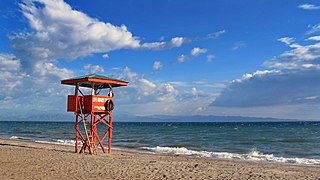
Soccsksargen, formerly known as Central Mindanao, is an administrative region of the Philippines, designated as Region XII. Located in south-central Mindanao, its name is an acronym that stands for the region's four provinces and one highly urbanized city. The regional center is in Koronadal, located in the province of South Cotabato, and the center of commerce and industry is General Santos, which is the most populous city in the region.
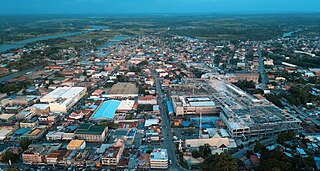
Cotabato City, officially the City of Cotabato, is a first class independent component city in the Bangsamoro Autonomous Region in Muslim Mindanao, Philippines. According to the 2020 census, it has a population of 325,079 people, making it as the most populated city under the independent component city status.

Malungon, officially the Municipality of Malungon, is a 1st class municipality in the province of Sarangani, Philippines. According to the 2020 census, it has a population of 105,465 people.

Bagumbayan, officially the Municipality of Bagumbayan, is a 1st class municipality in the province of Sultan Kudarat, Philippines. According to the 2020 census, it has a population of 68,947 people.

President Quirino, officially the Municipality of President Quirino, is a 3rd class municipality in the province of Sultan Kudarat, Philippines. According to the 2020 census, it has a population of 42,244 people. postal code 9804 president quirino.

Tacurong, officially the City of Tacurong, is a 4th class component city in the province of Sultan Kudarat, Philippines. According to the 2020 census, it has a population of 109,319 people.

Aleosan, officially the Municipality of Aleosan, is a 3rd class municipality in the province of Cotabato, Philippines. According to the 2020 census, it has a population of 36,892 people.

Antipas, officially the Municipality of Antipas, is a 2nd class municipality in the province of Cotabato, Philippines. According to the 2020 census, it has a population of 26,817 people.

Arakan, officially the Municipality of Arakan is a 1st class municipality in the province of Cotabato, Philippines. According to the 2020 census, it has a population of 50,558 people.
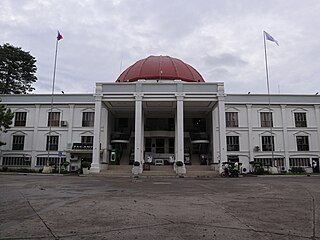
Kidapawan, officially the City of Kidapawan, is a 3rd class component city and capital of the province of Cotabato, Philippines. According to the 2020 Census, it has a population of 160,791 people.

Magpet, officially the Municipality of Magpet, is a 1st class municipality in the province of Cotabato, Philippines. According to the 2020 census, it has a population of 52,800.

M'lang, officially the Municipality of M'lang, is a 1st class municipality in the province of Cotabato, Philippines. According to the 2020 census, it has a population of 98,195 people.

Matalam, officially the Municipality of Matalam, is a 1st class municipality in the province of Cotabato, Philippines. According to the 2020 census, it has a population of 81,355 people.
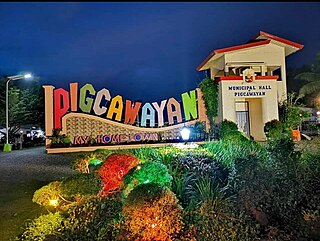
Pigcawayan, officially the Municipality of Pigcawayan, is a 1st class municipality in the province of Cotabato, Philippines. According to the 2020 census, it has a population of 52,744 people.
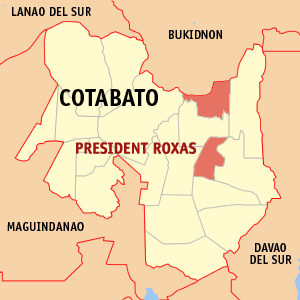
President Roxas, officially the Municipality of President Roxas, is a 1st class municipality in the province of Cotabato, Philippines. According to the 2020 census, it has a population of 52,512 people.

Tulunan, officially the Municipality of Tulunan, is a 2nd class municipality in the province of Cotabato, Philippines. According to the 2020 census, it has a population of 60,978 people.

Bansalan, officially the Municipality of Bansalan, is a 1st class municipality in the province of Davao del Sur, Philippines. According to the 2020 census, it has a population of 62,737 people.

Banga, officially the Municipality of Banga, is a 1st class municipality in the province of South Cotabato, Philippines. According to the 2020 census, it has a population of 89,164 people.

TBoli, officially the Municipality of TBoli, is a 1st class municipality in the province of South Cotabato, Philippines. According to the 2020 census, it has a population of 101,049 people. The town is named after the indigenous natives themselves, the Tboli people.
























